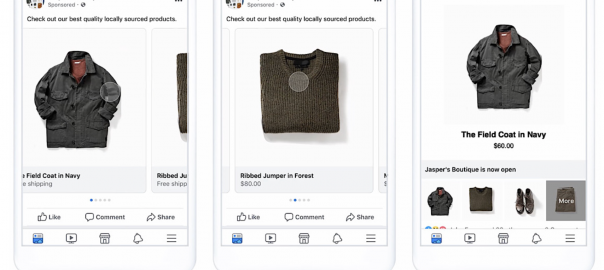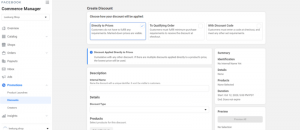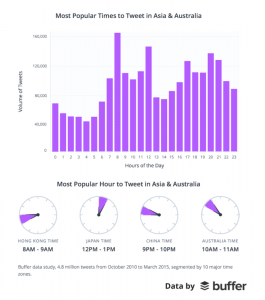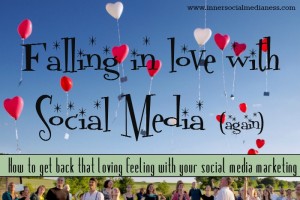Facebook Ads can be exhausting to learn, but the system is a marketer’s dream once they start to figure it out. There is so much customization potential, allowing incredible creative options and insanely detailed targeting criteria that you can choose from, and all you need to know is how to leverage it.
In the past few years, Facebook has done a lot to both give advertisers more control over their campaigns as well as to give them the option to be a little more hands-off.
Last month alone, for example, we received new brand safety controls that allow advertisers to be more selective about where their in-stream videos were being published. In spite of this, we’ve also got automated bidding options for those who don’t want to set manual bids and choose their bidding strategies, and Facebook’s dynamic campaigns so that you can promote every product you own without creating ads specifically for each one.
One of Facebook’s latest and most exciting features is all about the automation and optimization, seeking to give advertisers a simplified experience and more results with less effort. That feature is Facebook’s Multiple Text Optimization tool.
What Exactly Is Facebook’s Multiple Text Optimization Tool
Facebook’s new Multiple Text Optimization feature is a little like a cross-over between their dynamic ads and their native split testing tool with a little machine learning thrown in the mix.
Do we have your interest yet?
Then, the platform will automatically generate dynamic ads that actually switches up the text and ad formats based on each individual user seeing the ad– and they won’t just base this on the products you’ve viewed on the site.
Now, Facebook’s optimization tools will automatically show different ad formats and text options to to each individual user based on what they’re most likely to respond to.
As a user, for example, I’m highly likely to scroll through carousel ads and eventually click. That’s probably what they’d hit me with the most. Other users may be more prone to watching videos, while others still are more likely to click on single-image ads.

There will also be some users who are more inclined to click on your ad if they can see a price upfront, while others won’t be. This information can be optimized, too, creating incredibly powerful ads for each individual user. You can’t get more individualized or scalable than that, especially since advertisers are also able to add in translations to multiple languages so they can reach their customers wherever they are (and if they speak the same language!)
What This Means for You
There’s a basic principle that I have when it comes to Facebook Ads: you want to use automation to streamline the process for you while you’re still staying in control.
This means that while allowing Facebook to optimize placements based on objectives is great, you don’t really want to put your entire bidding strategy (or bid limits) into their hands. And while you may want to let your campaigns run indefinitely as long as they’re performing well, you still need to monitor them closely to ensure they’re performing the way that they should.
This is no different, and the way that Facebook has structured this feature makes it a great asset to brands.
You’re still in the driver’s seat here. You get to create multiple ad text options, controlling what information Facebook has the option to present users with (you can even add in your own translations for the multi-language feature and not just rely on Facebook’s auto-generated and sometimes-fault translations.). Then Facebook uses advanced machine learning to fine-tune your campaigns for each individual user. They’re making your campaigns more relevant and individualized in a way that you just couldn’t do on your own, which maximizes the likelihood of success.
This is the best of both worlds; automated optimization on the campaigns that you’ve created, which is everything that Shakr is all about: scalable, fresh, and highly individualized campaigns that help you connect with your audience in meaningful and significant ways.
Final Thoughts
The marketing industry is no stranger to machine learning and artificial intelligence, but it’s really exciting to see it being used this way from a major and highly accessible ad platform like Facebook Ads. Keep in mind, too, that machine learning doesn’t just rely on a simple algorithm; it’s capable of registering what works and what doesn’t, getting “Smarter” on its own so that it can deliver better results than you ever could manually.
When you use dynamic ad campaigns, Facebook will automatically be implementing these features for you. Make sure that you’re adding in multiple text options so that Facebook can test and optimize your campaigns for you, but also check in regularly to make sure that your campaigns are performing as they should.
Sometimes campaigns will need to be adjusted and text will need to be changed or audiences need to be tweaked. Stay on top of your campaigns, and remember that optimization doesn’t replace strategy.
Digital & Social Articles on Business 2 Community
(71)




